Entry Category: Water - Starting with C
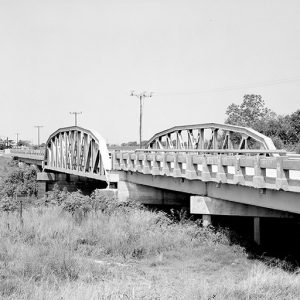 Cache River Bridge
Cache River Bridge
Caddo River
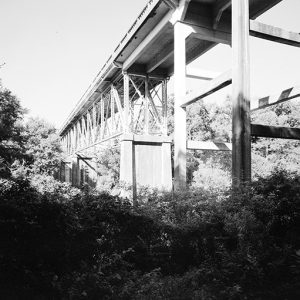 Calion Bridge
Calion Bridge
Cambridge [Steamboat]
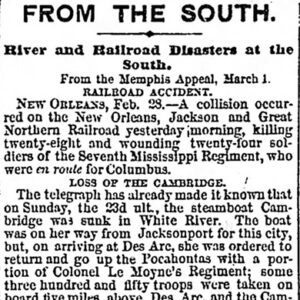 Cambridge Steamboat Article
Cambridge Steamboat Article
Car of Commerce [Steamboat]
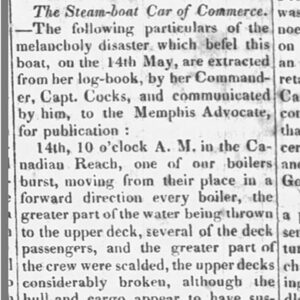 Car of Commerce Steamboat Article
Car of Commerce Steamboat Article
Caroline [Steamboat]
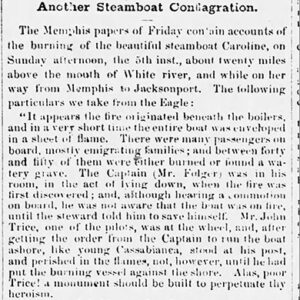 Caroline Steamboat Article
Caroline Steamboat Article
 Caroline Steamboat Article
Caroline Steamboat Article
Carpenter Dam
aka: Lake Hamilton
Carpenter, Flavius Josephus (Flave)
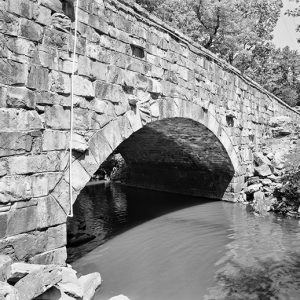 Cedar Creek Bridge
Cedar Creek Bridge
Cherokee [Steamboat]
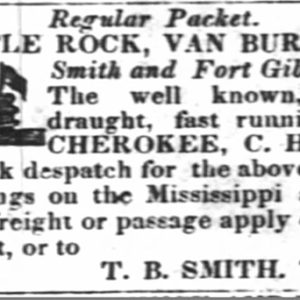 Cherokee Steamboat Ad
Cherokee Steamboat Ad
 Cherokee Steamboat Article
Cherokee Steamboat Article
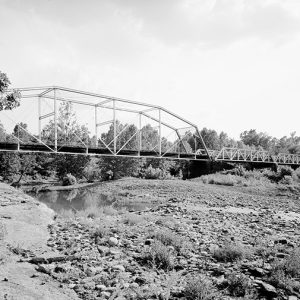 Chester Bridge
Chester Bridge
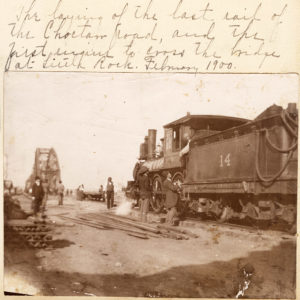 Choctaw Bridge
Choctaw Bridge
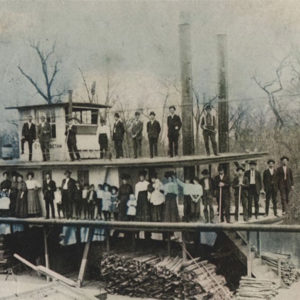 Choctaw Steamboat
Choctaw Steamboat
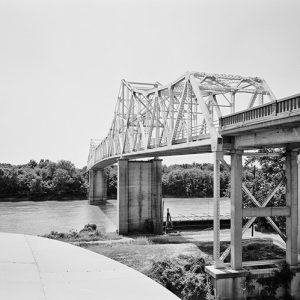 Clarendon Bridge
Clarendon Bridge
Clarksville [Steamboat]
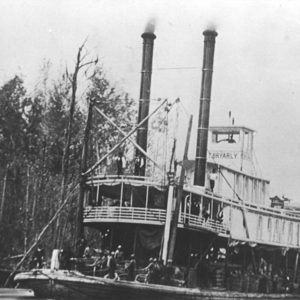 Clearing the Raft
Clearing the Raft
Clermont [Steamboat]
Clermont No. 2 [Steamboat]
 Clermont Steamboat Article
Clermont Steamboat Article
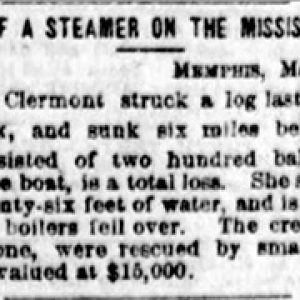 Clermont Steamboat Article
Clermont Steamboat Article
 Clermont Steamboat Article
Clermont Steamboat Article
 Clermont Steamboat Article
Clermont Steamboat Article
Coast Guard Auxiliary
aka: U.S. Coast Guard Auxiliary
 Coffer Dam
Coffer Dam
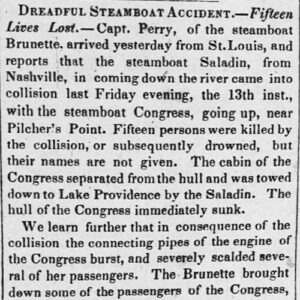 Collision of Congress and Saladin Article
Collision of Congress and Saladin Article
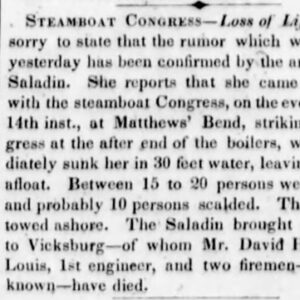 Collision of Congress and Saladin Article
Collision of Congress and Saladin Article
Comet [Steamboat]
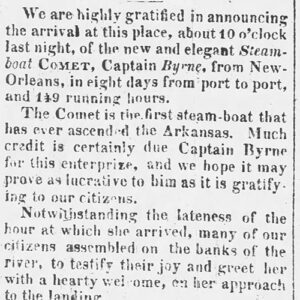 Comet Article
Comet Article
Congress and Saladin, Collision of
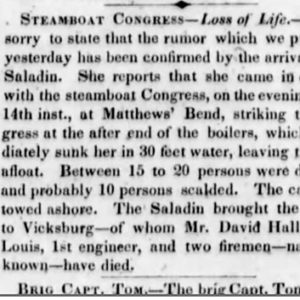 Congress and Saladin, Collision of
Congress and Saladin, Collision of
 Corps of Engineers Sign
Corps of Engineers Sign
Cote Joyeuse and Talma, Collision of
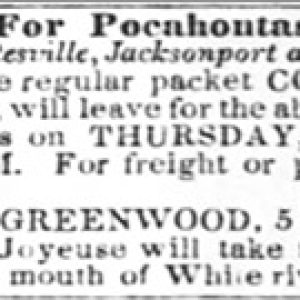 Cote Joyeuse Steamboat Ad
Cote Joyeuse Steamboat Ad
 Cote Joyeuse Steamboat Article
Cote Joyeuse Steamboat Article
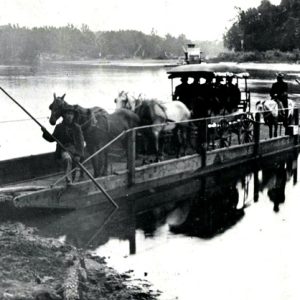 Cotter Ferry; 1904
Cotter Ferry; 1904
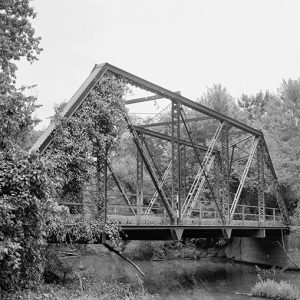 Cypress Creek Bridge
Cypress Creek Bridge




